Companies are by now used to building sustainability and non-financial reports that, if done correctly, get more and more sophisticated with time. Most of these organizations have probably already understood the benefits of such reporting beyond the compulsory legal technicalities, and continue to push forward their sustainability strategies.
However, we can’t help but wonder how many of these companies think of their employees as not only a part, but a key pillar to their sustainability strategy. Few has been said or portrayed in the past in international standards when it comes to the people that make up an organization’s activity or production, but, luckily, that is now beginning to change.
GRI October 2021 update
GRI has long been the most widely accepted and used reporting standard for companies globally; GRI principles offer companies indications on how to convey their non-financial information reports.
In its most recent modifications in October 2021 several arguments that help convey the importance of employees’ impact in the report were introduced:

Disclosure 2-29: Approach to stakeholder engagement
For this disclosure, companies must describe the approach they take to engage with their different stakeholders, distinguishing them by types, by purpose and by how the required compromise is guaranteed.
This, of course, includes disclosure of employee engagement. In fact, GRI states that the organization can identify actual and potential impacts or determine the mitigation responses to potential negative impacts of employees.
Disclosure 3-1: Process to determine material topics
GRI provides a guide to help organizations determine material topics. On Disclosure 3-1-b, companies can explain how the participation of stakeholders contributes to the identification and continuous evaluation of their impacts.
The organization can inform about how it has prioritized the participation of its stakeholders, if it has, as well as the methods used in the process.
Disclosure 3-3-f: Management of material topics
The company can explain if affected stakeholders have participated, and if so, how they have participated in determining an adequate solution to their negative impact. It can also convey information on how stakeholders’ information has been used to evaluate the efficiency of the measures taken.
How do these last updates apply?
If we take, for example, standard 303 on water and effluents, we can more accurately understand how the latter modifications apply onto the report. This standard contemplates the idea that companies can include domestic or non-labour related impacts and actions of their employees in the report.
As part of the required information from this standard, companies must offer a description about how they face water related impacts, including the way in which they cooperate with their stakeholders to promote a responsible management of water as a shared resource.
The standard emphasizes the importance of working together with stakeholders and specifies that these stakeholders include employees and other types of workers related to the organization.
A new milestone
This constitutes a new milestone for our project. The vision that we had when DoGood was born was being able to measure and give the necessary importance to people’s individual actions and efforts to support a more sustainable way of doing things. Today this is a reality sheltered by one of the most relevant standards in sustainability.
We are in business to offer companies more value in their sustainability strategies and create a bigger positive impact in society and for the planet. Through our SaaS technology we provide information that helps an organization’s report comply with some of the most relevant GRI principles such as accuracy, clarity, comparability, completeness, verifiability and timeliness.
We help companies engage their employees on their sustainability strategy by activating and measuring their impact on the achievement of sustainability objectives. This is the evidence needed to understand that awareness initiatives can result in specific actions with a tangible and measurable impact.
If you want to know more about how we work to create a positive social and environmental impact, click here.







